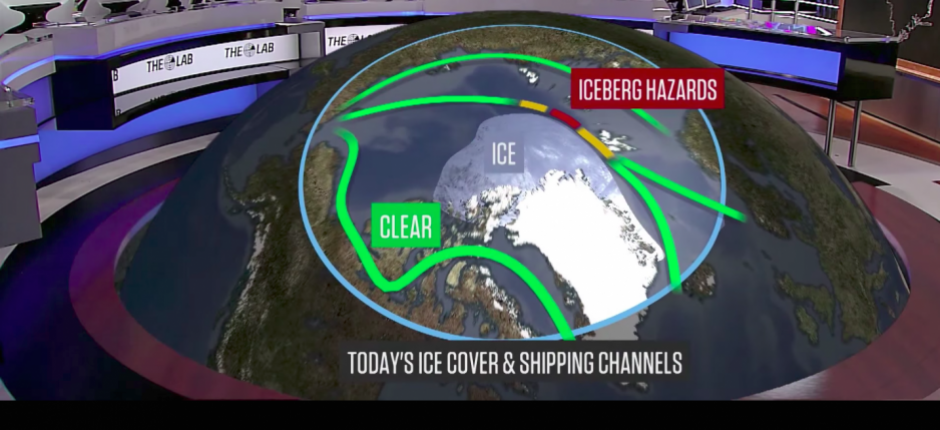A project to improve Arctic weather forecasts launches
The World Meteorological Organisation was admitted to the Arctic Council as one of seven new observers on Thursday. Monday, it launches the Year of Polar Prediction, a (despite its name) two-year project aimed at improving weather, climate and ice forecasting in the Arctic and Antarctic.
Extending until mid-2019, the Year of Polar Prediction seeks to fill in gaps in meteorologists’ understanding of the polar regions. Paying attention to what is happening at the poles has two purposes: more reliable risk assessments as human activities in both regions increase, and a better understanding of how climate changes at the poles shape the weather in the middle latitudes.

Achieving the first goal is seen as a way to prevent accidents and to aid scientists carrying out research there. Unlike at lower latitudes, weather cannot be forecast at the poles with much certainty, given the lack of observation stations. Learning more about how weather acts may help come up with more accurate forecasts.
Achieving the second goal will give meteorologists a better idea of how climate changes at the poles influence weather in other parts of the world. This has become increasingly relevant given that a warmer atmosphere over the poles and receding sea ice is suspected of having an impact on ocean and atmospheric currents. This, in turn, may give rise to extreme weather conditions at lower latitudes, including deep cold snaps, heat waves, droughts and downpours.
In addition to the WMO, the Alfred-Wegener-Institut, a German research outfit, is involved with the Year of Polar Prediction.
Projects of this sort fit well with the emphasis being placed on the subject by the Finns, who assumed the chairmanship of the Arctic Council on Thursday and have made meteorological co-operation one of their four priority areas.
The Finns see improved meteorological observation as a way to provide better services locally, in the form ice and weather forecasts, as well as to help refine climate-change scenarios. Doing so, representatives from Ilmatieteen laitos, the Finnish meteorological institute, say, will ultimately allow scientists to provide decision-makers with a better evidence of climate change.
Should drought and downpours be in the future in southern capitals, the real proof will be in the prediction.